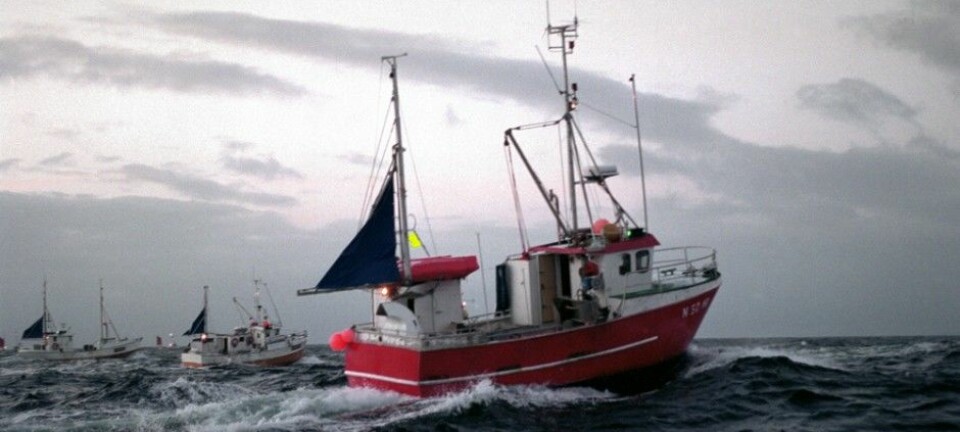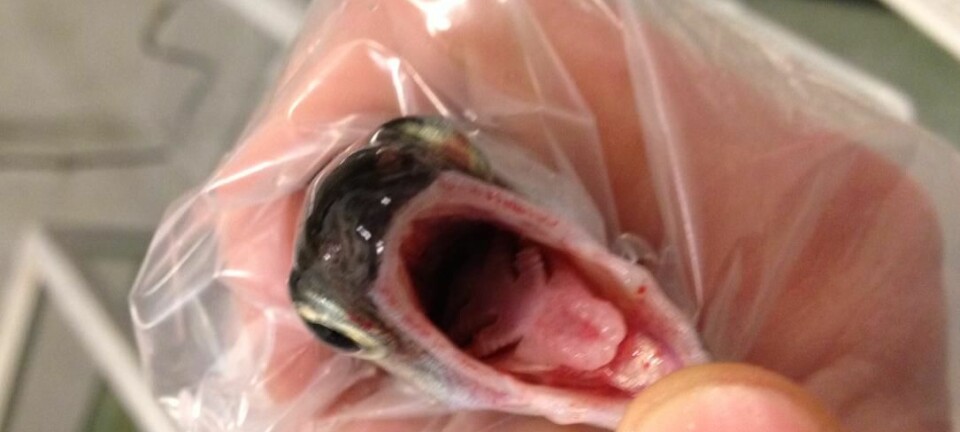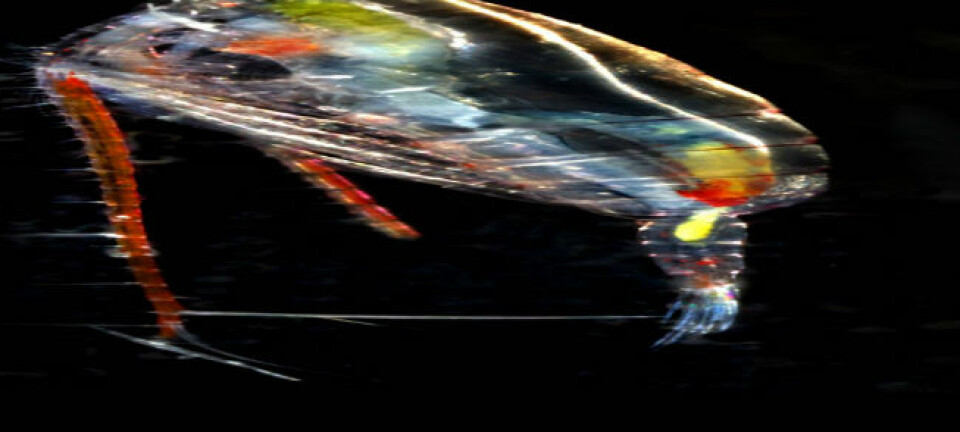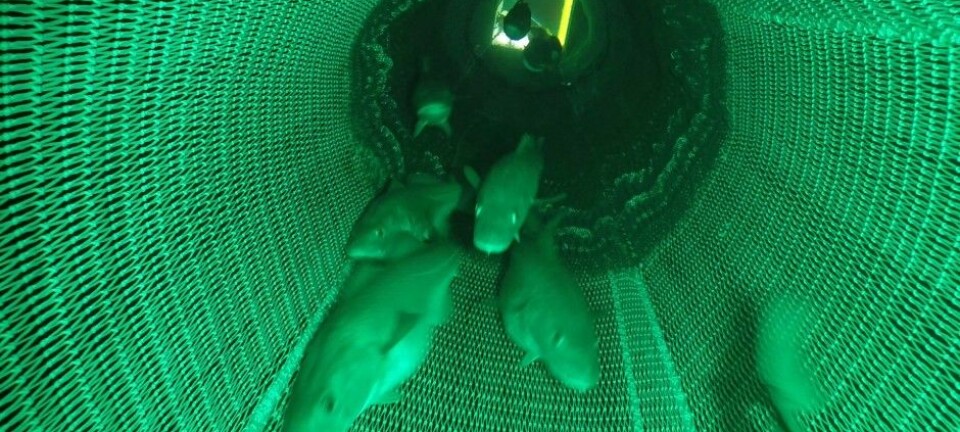This article was produced and financed by Nofima The Norwegian Institute of Food, Fisheries and Aquaculture Research
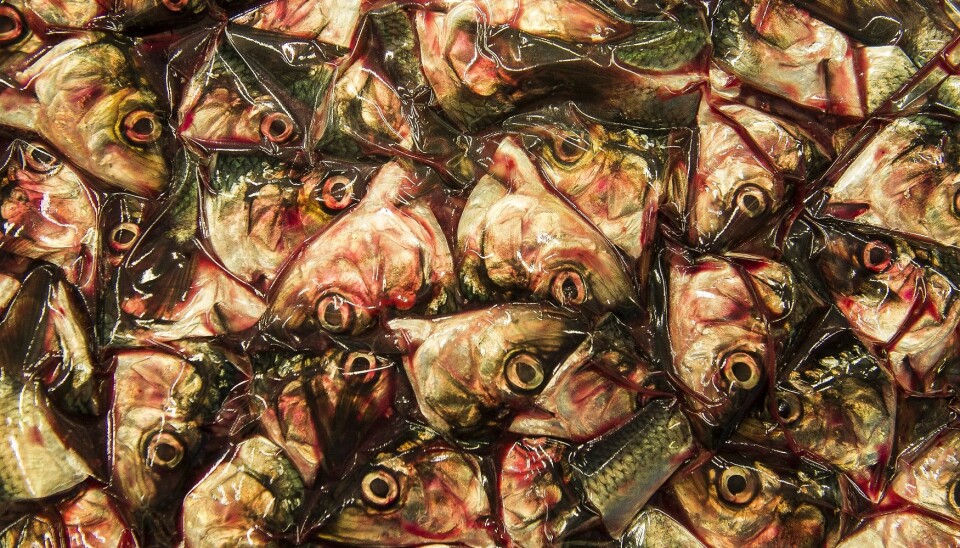
Bringing fish heads and bones back to the dinner table
New project will convert residual by-products into high-quality, functional ingredients, using efficient and sustainable processing methods.
Everyone knows that eating fresh fish is good for you. But by only eating the fillets, and discarding the by-products, such as heads, skin, and backbones, we miss out on many valuable nutrients that can benefit our health and fitness.
“Today, we don’t reap all the benefits of the fish we consume,” says project coordinator Katerina Kousoulaki from Nofima, Norway.
“While we often eat small fish like sardines or anchovies whole, it’s trickier to bring by-products from larger fish, such as bass, cod or salmon, to the dinner table.”
The EU-funded project AQUABIOPRO-FIT aims to bring proteins and bioactives from aquaculture and fisheries by-products into our food chain through nutritional supplements.
Using sustainable processing technologies, scientists will up-concentrate nutritional components, while maintaining product quality and minimising waste. This will result in a more efficient use of biomass resources and the development of products that offer health benefits to consumers with low environmental impact.
Extremely underutilised
Today, around half of all fish biomass is wasted despite their richness in proteins and bioactive compounds. Of the five million tons of by-products from the fishing industry, only some are used for feed, pet food, and food supplements. The rest is discarded. Consequently, this potential source of beneficial components is extremely underutilised.
AQUABIOPRO-FIT will take these residual by-products and convert them into high-quality, functional ingredients using efficient and sustainable processing methods.
“We will develop processes to isolate and stabilise these ingredients, so they can be added to food, drink and feed products,” Kousoulaki explains. “Their functionality and efficacy will, of course, be assessed through state-of-the-art pre-clinical models and clinical tests.”
Fish heads, backbones, skin, and intestines, are sources of valuable proteins and peptides, such as collagen and gelatine, lipids and minerals. Tunicates, also known as sea-squirts, are rich in cellulose and protein. Aside from their nutritional quality, these ingredients also exhibit interesting therapeutic functionalities that can be used to tackle depression and inflammation.
Circular economy
The extracts to be investigated include protein isolates, polyunsaturated fatty acids (PUFAs), vitamins, minerals, and other bioactive compounds. Since they are in their natural form, they have greater bioavailability and thus are superior to synthetically derived supplements.
“AQUABIOPRO-FIT enables a circular economy” the project coordinator adds. “It unifies the largest fisheries nations in Europe, building bridges between producers of potentially valuable marine by-product biomass and European citizens through innovations, intervention studies and training.”
The outcomes of the project will be used to stimulate different sectors of the food industry – from aquaculture to food processors and ultimately finished product manufacturers. The overall objective is to develop new processes and products based on marine by-products and, creating a substantial and sustainable impact.







